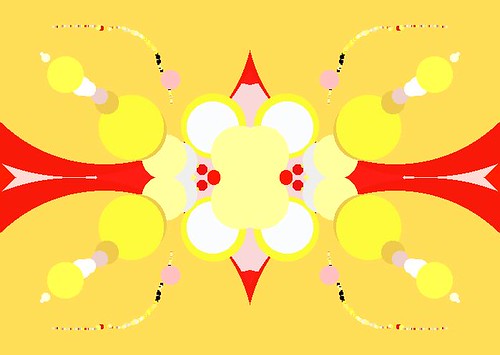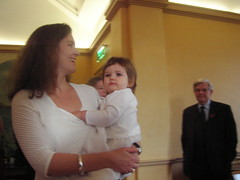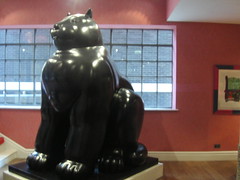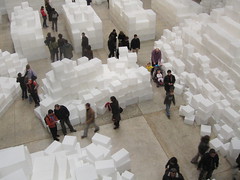Death and the Orange TreeThis past weekend a close family friend passed away. She had just recently turned 40 and had been fighting lung cancer.
I first heard the news from my father who told me all this and laughed. "How are you? You're not dying of cancer are you?" He says and lets out another laugh.
Here is the stark difference between my mother and father. My mother was not home; She was still at the hospital consoling the family. She cried with them, hugged them, persuaded them all to tell stories and to grieve. She gathered them all together and led them in prayer. My mother is as European Catholic as they come.
My father is more the taciturn native, the spiritual but mischievous indian. He is a self-proclaimed Catholic too but it is not hard to tell that he does not completely buy into it. He takes the affairs of this world more lightly: laughing at the antics of life, at the silly rituals of death. Its not hard to see that his people are the same people who came up with Dia de los Muertos, a holiday where musicians play in graveyards, everyone gets drunk and the children consume candy skeletons.
My father himself was on his deathbed (or so we thought) only a couple years ago. He had been diagnosed with acute pancreatitis - a disease often acquired by people who are enjoying life a bit too much.
I remember the time clearly because I flew home for a week to take care - not of him - but of my mother. She was weeping when I drove with her to the hospital to see my father. My cousin Lori was there and she was doing imitations of other family members for my dad. He was laughing so hard we heard him in the halls of the hospital.
"Shhh.." my mother said "This is a hospital. We should all be more respectful."
"Yes...but its the patient on his supposed deathbed who is laughing!"
My father not only made it through that trial but also made an impression on the doctor who saved him. "Usually this condition is fairly serious" the doctor confided to my mother early on "but I have a lot of hope in him. He has an uncanny will to recover."
After my father recovered he told my mother that one of his brothers had brought him fresh oranges to the hospital, oranges just plucked from a private orange grove. They had shared the oranges with the doctor who had said that oranges were one of his favorite foods and proclaimed these to be the best, sweetest oranges he had ever tasted.
As my mother tells it, a few days later my father went to a small nursery and bought a small orange tree. He then drove to the doctors house and knocked on his door. After he delivered the orange tree, they wandered around the house, eager as children, deciding on the best place to plant it. My father and his doctor became fast friends. Before he left, my father, a gifted gardener, carefully explained how to water the tree, how to nurture it, how to make it grow and bear fruit, how to discover the right balance between both soil and sun.







